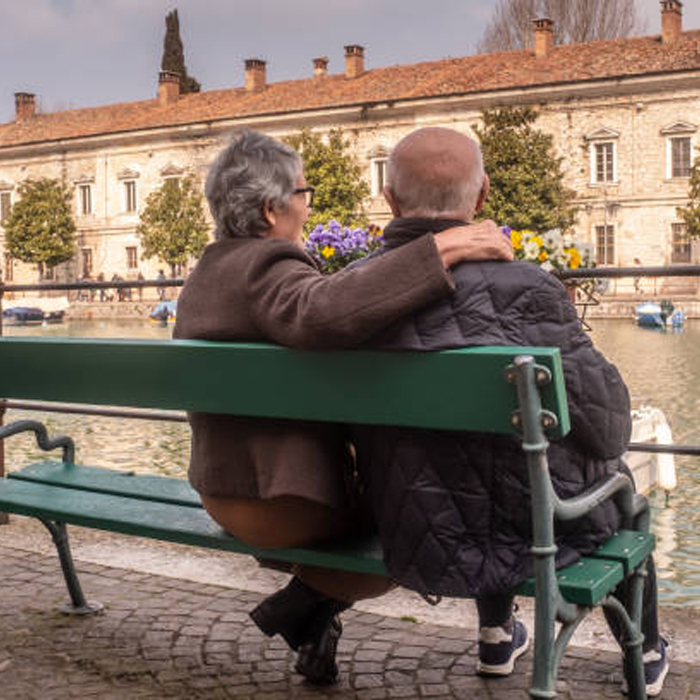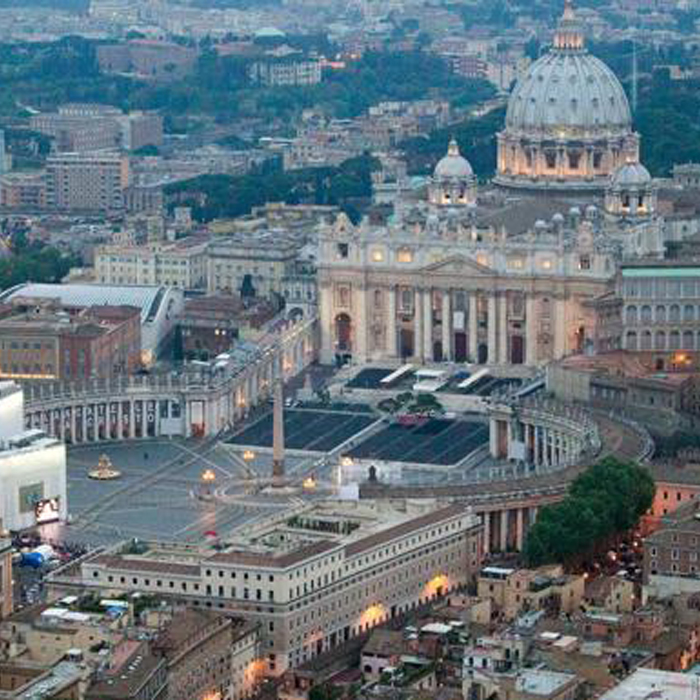The Italian flag, also known as the Tricolore, is green, white, and red. Inspired by the French flag whose colors are blue, white and red, the Tricolore was first adopted in 1797 in Reggio Emilia, the city where it was created. The colors relate to the theological virtues of hope (green), faith (white), and charity (red). Italy’s flag day is celebrated on January 7th.

The Italian island of Sardinia is one of the world’s five Blue Zones, areas where inhabitants live the longest. One of the main reasons could be the Mediterranean diet. Ogliastra, Sardinia’s area with the highest longevity rate, is located in the central-eastern part of the island. This is not surprising, since this is the same area where the longest-lived family in the world was located in 2014, specifically in the town of Perdasdefogu: the lifetimes of eight brothers added up to 828 years! According to the UN World Population Prospects 2022, which presents the latest round of global population estimates and projections, the population of older persons—those above age 65—is increasing both in number and as a share of the total population. This age group is also growing more rapidly than the rest of the population. As a result, the number of 65+ people is projected to rise from 10% in 2022 to 16% in 2050, when it will represent 1.5 billion individuals.
Italy is home to the oldest population in Europe and the second oldest in the world after Japan. Estimates suggest that the average age of people throughout the world will be 54 years by 2050.

Rome was founded in 753 BC and the Roman Empire was born in 27 BC. The Empire ruled almost the entire known world until its fall in 395 AD. In the following centuries it was divided into a collection of small sovereign states ruled by nobles and in some cases the Pope. This explains Italy’s wide range of cultural variety and different dialects. Italy did not become a Republic until 1861, making it one of Western Europe’s youngest countries. Its National Day is celebrated on June 2nd.

Vatican City, Stato della città del Vaticano, is nestled in the center of Rome and is a city-state, a country in its own right. In 1929, it became a sovereign nation with the Pope its official head of state. The area of this sovereignty covers a mere 1,000 acres, just one-eighth the size of New York City’s Central Park, but it is home to Catholicism and the palaces of the International Christian Church. This is where you can find St Peter’s Cathedral, the Vatican Museums and the stunning Sistine Chapel.

Italy is home to the fifth smallest country in the world within its borders: the state of San Marino. Founded in 301 AD, this tiny country is the oldest sovereign state in the world. Located in Italy’s northern mountains in the Emilia-Romagna region, it covers just over 15,120 acres and is home to around 33,500 inhabitants.

The Sistine Chapel was built between 1473 and 1481 under the direction of Pope Sixtus IV della Rovere on the site of the Cappella Magna, which functioned as the chapel for the Papal house. The Papal Conclave meets in the chapel when it is time to select a new Pope. Even more famously, this is where Michelangelo Buonarroti painted scenes from Genesis on the ceiling, completing four years of hard work in 1512, and his masterpiece the Last Judgment on the altar wall. The Sistine Chapel welcomes more than 20,000 visitors a day and is one of the most visited places in the world. Frescoes by several Renaissance artists including Sandro Botticelli, Domenico Ghirlandaio, and Pietro Perugino also grace its walls.

Shakespeare, the genius from Stratford-upon–Avon, set 106 scenes in his works in Italy!
Shakespeare’s works contain “over 800 references to Italy in general: 400 to Rome, 52 to Venice, 34 to Naples, 25 to Milan, 23 to Florence, 22 to Padua, and 20 to Verona. In addition to these you can find random but precise references to Genoa, Mantua, Pisa, Ferrara, Lizza Fusina, Villafranca di Verona, Messina, and much more.” Some of Shakespeare’s most romantic lines are dedicated by Romeo to the city of Verona: He compares banishment from his own city to being tortured in hell, mainly because it would mean separation from beloved Juliet (Romeo and Juliet, 3.3.17–19): “There is no world without Verona walls, but purgatory, torture, hell itself. Hence ‘banished’ is banished from the world, and world’s exile is death.”

Apart from the Holy Bible and de Saint-Exupèry’s The Little Prince, The Adventures of Pinocchio is Italy’s most translated book, published in 382 languages. Le avventure di Pinocchio: Storia di un burattino is the tale of a wooden puppet who becomes a human child. Written by Tuscan-born Lorenzini, under the pen name Carlo Collodi, the story was first published in 1881 in the Italian children’s newspaper Il Giornale per i bambini until 1883. Walt Disney introduced the world to the wonder of Pinocchio with his 1940 masterpiece based on the book.
Barbara Benzoni
Barbara Benzoni was born in Milan and lives between Rome and Tuscany. She is devoted to USA, the land of courage and innovation. She’s Peter's super-lucky mum and Ale's wife. Cinema, art, good food and only beautiful things are the themes of her existence. With a degree in Italian literature and a Masters in Sports Management she can both enjoys books and basketball matches. In 25 years she has been organizing sport events all over the world and she’s been lucky enough to meet the greatest champs ever. Curiosity in everyday life and people are her drivers. Her personal icon is Mohammed Ali : "It's not bragging if you can back it up".

